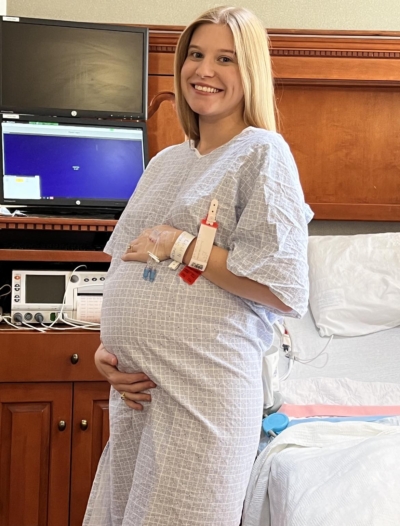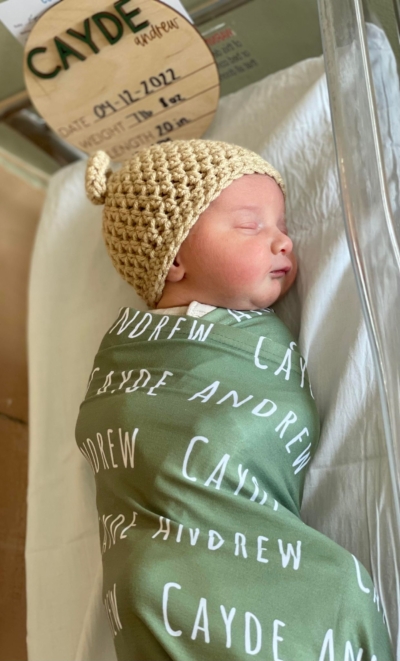What if my NIPT is Positive?
 You receive a “Screen Positive” test result from your NIPT. What does that mean? This test result doesn’t necessarily mean that your baby has Down syndrome or another genetic condition. It instead means that there is a chance of one of these conditions. The results of the NIPT will be in a percentage format (ex. 1:100 would mean that there is 1% chance that your baby has the condition). Statistically, 1-5% of NIPT will be potentially positive.
You receive a “Screen Positive” test result from your NIPT. What does that mean? This test result doesn’t necessarily mean that your baby has Down syndrome or another genetic condition. It instead means that there is a chance of one of these conditions. The results of the NIPT will be in a percentage format (ex. 1:100 would mean that there is 1% chance that your baby has the condition). Statistically, 1-5% of NIPT will be potentially positive.
This is why further testing is suggested as the next step. A screening test like NIPT can only tell you if there’s a risk of a chromosome disorder, while a diagnostic test will tell you if the baby actually has one. There are two main diagnostic tests: chorionic villus sampling and amniocentesis.
Chorionic villus sampling (CVS) is one of these follow up tests. It is a more invasive screening test that requires taking a small piece of the placenta tissue to test the chorionic villa cells. This would typically be performed between 10-13 weeks of pregnancy. There are two ways this procedure can be done: transabdominal (via the belly) or transcervical (via the cervix). This test may have some side effects, such as cramps or spotting. There is a small risk of miscarriage (0.5-1%). Results will usually be available within two weeks.
Amniocentesis is another follow up test that may be recommended. In this procedure, a small amount (typically less then 1 ounce) of amniotic fluid is removed from the uterus (transabdominally). The amniotic fluid contains some of the baby’s cells which can be tested. This test is usually done in the second trimester, so after 15 weeks (typically recommended between 16-20 weeks). Common side effects may include cramping and spotting. There is a small risk of amniotic fluid leaking out of the body, uterine infection, or miscarriage (0.3%). The genetic testing portion of these test results are typically available in 1-2 weeks.
The main difference between the two tests is that CVS may be done earlier on in the pregnancy (10-13 weeks) compared to amniocentesis (16-20 weeks). CVS tests the placental tissue, whereas amniocentesis tests the amniotic fluid. CVS does carry a higher risk of miscarriage (0.5-1% vs 0.3%). Amniocentesis can also test for neural tube defects, which CVS cannot. Both of these tests are considered to be 99% accurate.
If you decided not to do a CVS or Amniocentesis you can wait till your baby is born and do a heel prick or cord blood karyotype test to confirm if your baby has a chromosome disorder.
A “heel prick” or newborn blood spot screening test, while not directly a karyotype test, involves taking a small blood sample from a newborn’s heel to screen for various genetic and metabolic disorders, including those that could be identified through karyotype analysis.
A cord blood karyotype is a test that examines the chromosomes (specifically, the number and structure) in cells from a newborn’s umbilical cord blood, used to identify potential chromosomal abnormalities or genetic disorders.




Leave A Comment